All artists sign their works, but by late 1999. William Utermohlen could hardly remember the name he signed with. Born in Philadelphia (1933), William was a famous American painter who spent decades in London until his death in 2007.
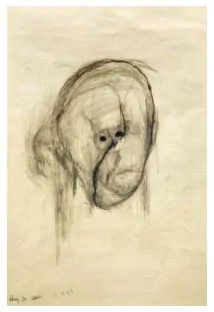
His paintings are characterized by bright, unforgettable oil paintings, and yet, one of his last works is done in a restrained black-and-white: it is a pencil self-portrait in which a disfigured face appears and it is impossible to recognize Utermohlen himself. It was made in 2000, four years after he was diagnosed with Alzheimer’s disease.
William died in 2007 after eleven years living with the disease, which places him near the 4–10 years that a person with Alzheimer’s disease lives on average, although survival from diagnosis is very variable and ranges from one year to more than twenty. And it is important to note that in many cases it is possible to detect changes in patients before diagnosis.
Prodromal phase
A clear example is the case of U.S. president Ronald Reagan, who in 1994 made public that he had Alzheimer’s disease. However, linguistic studies of his 1984 debates indicate that he was already beginning to develop the disease then, with his speech detected as being about 9% slower, making up to five times more pauses and more frequently making small errors in the use of articles, prepositions, and pronouns. This period of time during which the first symptoms appear but are not yet severe or clear enough to make a diagnosis is called the prodromal phase, and it is not only present in Alzheimer’s disease but also in other disorders such as schizophrenia.
In William’s case, some experts point out that there are signs of this prodromal period in works he made in the early 1990s, such as the series “Conversation Pieces”: these are several paintings of his life with his wife Patricia where a detailed study allows observation of changes in spatial representation, arrangement of objects and people that, in hindsight, some experts interpret as the first signs of a neurodegenerative process.
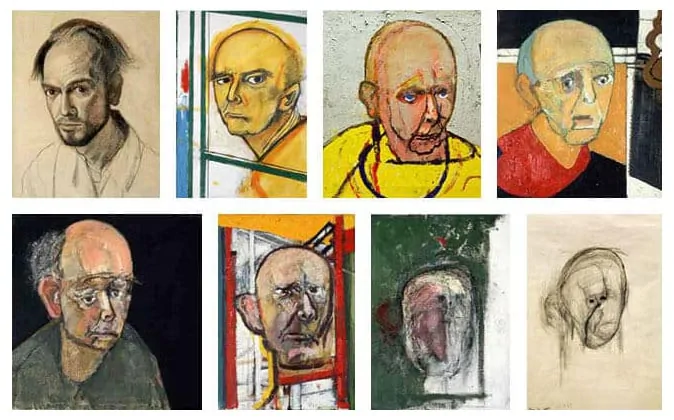
Artistic abilities and Alzheimer’s disease
This patchy progression represents an advantage for artists since many of their skills depend on motor or sensory areas. This means they can continue with their profession for a relatively long period. There are documented cases of musicians who, even while suffering advanced stages of the disease, are able to continue playing certain melodies. The same happens, for example, with painters like William, whose visual cortex was slower to be affected by the disease than parts related to memory. For this reason he was able to paint works when he could no longer clearly remember his own name.
Given all this, the case of William Utermohlen is not only an extraordinary graphic record of how a person experiences Alzheimer’s disease; it also reminds us that many artistic abilities take longer to be affected by Alzheimer’s disease, and therefore painting or music can be hobbies that patients will be able to carry out to some extent for much of the course of their illness.
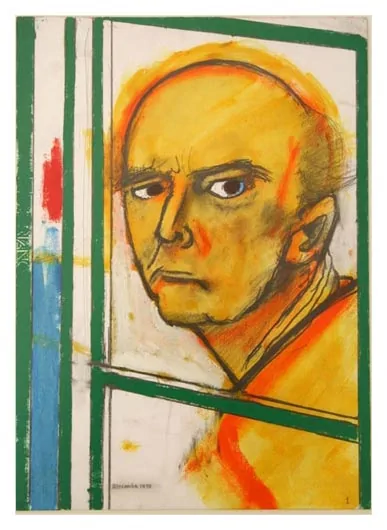
References
- Arshavsky, Y. I. (2014). Alzheimer disease and cellular mechanisms of memory storage. Journal of Neuropathology and Experimental Neurology, 73(3), 192–205.
- Arshavsky, Y. I. (2010). Why Alzheimer’s disease starts with a memory impairment: Neurophysiological insight. Journal of Alzheimer’s Disease, 20(1), 5–16.
- Bird TD. (2018). Alzheimer Disease Overview. Genes Reviewers
- Draaisma, D. (2012). Alzheimer, I suppose. Editorial Ariel.
- Casagrande, M., Agostini, F., Boncompagni, I., Cantone, M., Favieri, F., & Guarino, A. (2019). Executive Functions in Alzheimer Disease: A Systematic Review. Frontiers in Aging Neuroscience, 10 (January).
- Prince, M., Wimo, A., Guerchet, M., Ali, G. C., Wu, Y. T., & Prina, M. (2015). World Alzheimer Report 2015. London, UK. Alzheimer’s Disease International, 1–92.
- D. (2014). We are our brains. Penguin Random House
- William Utermohlen: https://www.williamutermohlen.org/index.php/homepage
“This article has been translated. Link to the original article in Spanish:”
Pintando el Alzheimer
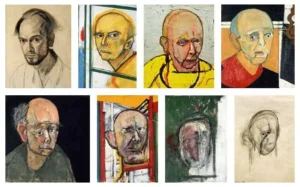

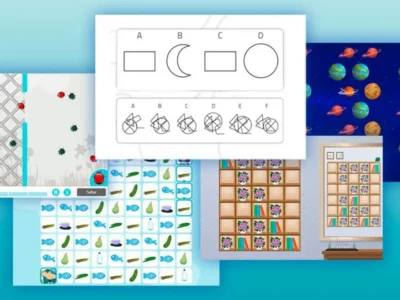
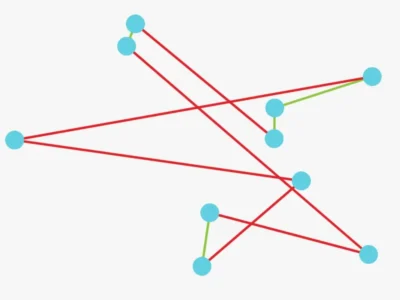
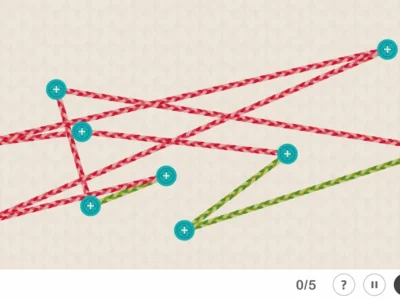
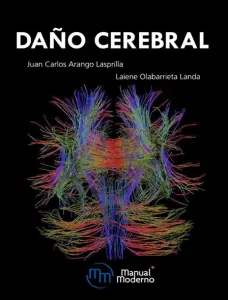
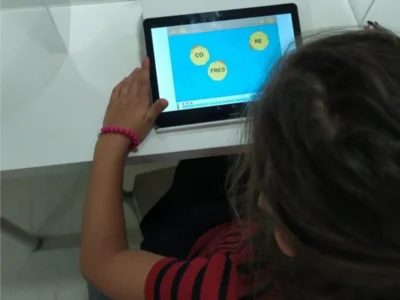
 Neuropsychological rehabilitation of visuospatial abilities
Neuropsychological rehabilitation of visuospatial abilities
Leave a Reply